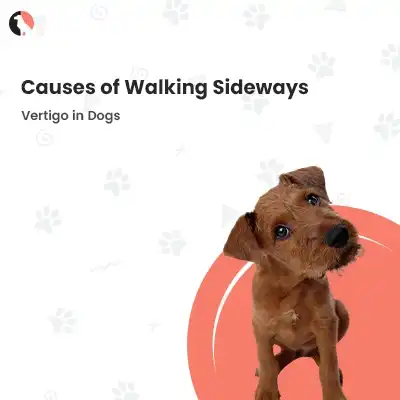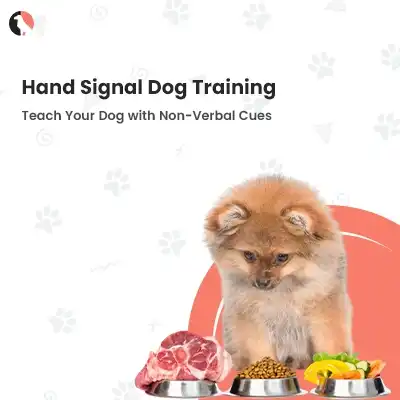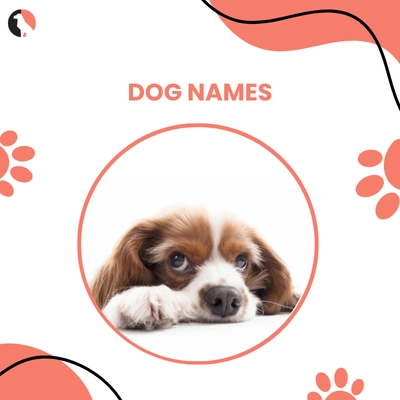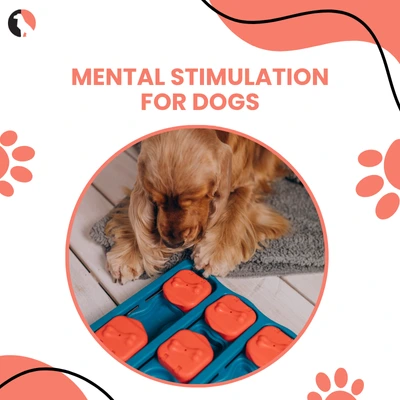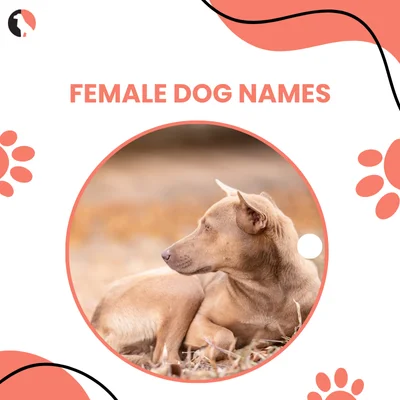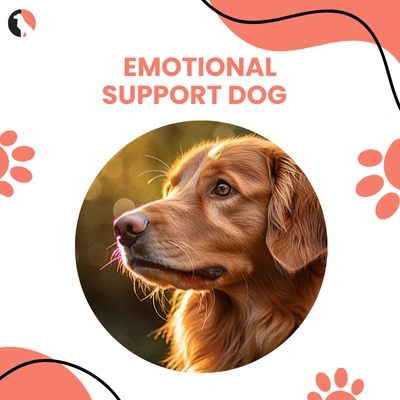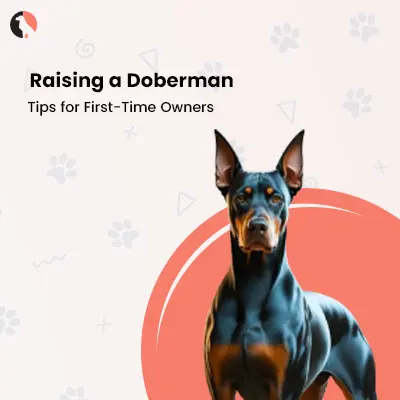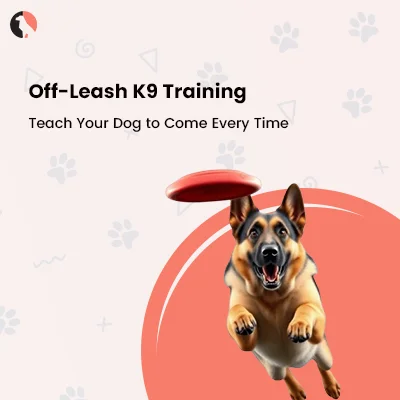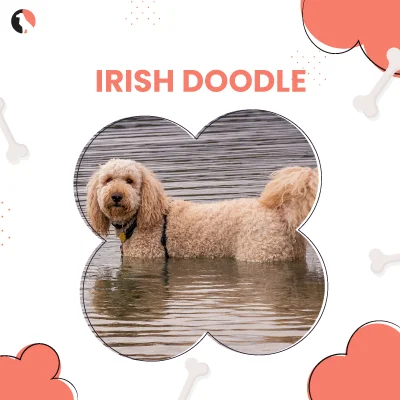Do you want your dog to just magically understand what you want? Here is good news for you. It is actually possible when you start using your hands. Hand signals are like teaching your dog a silent language.
It is not only super helpful when you are somewhere in the noise or just don’t feel like speaking, but it also improves your bond with your pup. It makes your connection better with your dog.
Hand signal dog training is really fun, easy and effective. It doesn’t matter if your dog is a little baby or a big boy, you can teach them non verbal dog commands easily. Let’s go deeper about the benefits of hand signal dog training, what are common hand signals for dogs and how to teach them.
Benefits Hand Signals Dog Training
Maybe you are thinking about why bothering hand signals when speaking to dogs is perfectly fine. But there are a bunch of benefits when you train your dog with hand signals. Few of them are listed below:

Discover: Stop Dog Jumping: Training Tips for Better Greeting Behavior
Perfect for Busy Environments
Do you ever instruct your dog in a crowded place? Yess? Oh, that means you understand this chaos. Hand signals cut through this chaos. Your dog sees your hand and instantly understands the message in a busy crowded park.
You can have this communication with non verbal dog commands without shouting over and over again.
Beneficial for Hearing Impaired Dogs
Just like humans, dogs have hearing issues when they grow old. It is possible that you call their name, give some instructions and they don’t obey it.
But teaching them canine hand gestures when they are babies can be a game changer. You’ll not face any difficulty when they grow old and not be able to understand your verbal instructions.
It Boosts Focus
Hand signals make your dogs have their eyes always on you. It boosts their focus towards you. It can result in deeper connection and stronger bond between you and your dog.
Looks Impressive
It may look impressive when your dog follows your instructions through hand signals in front of your friends and relatives. I know this is not the focus of hand signal dog training but feels cool though.
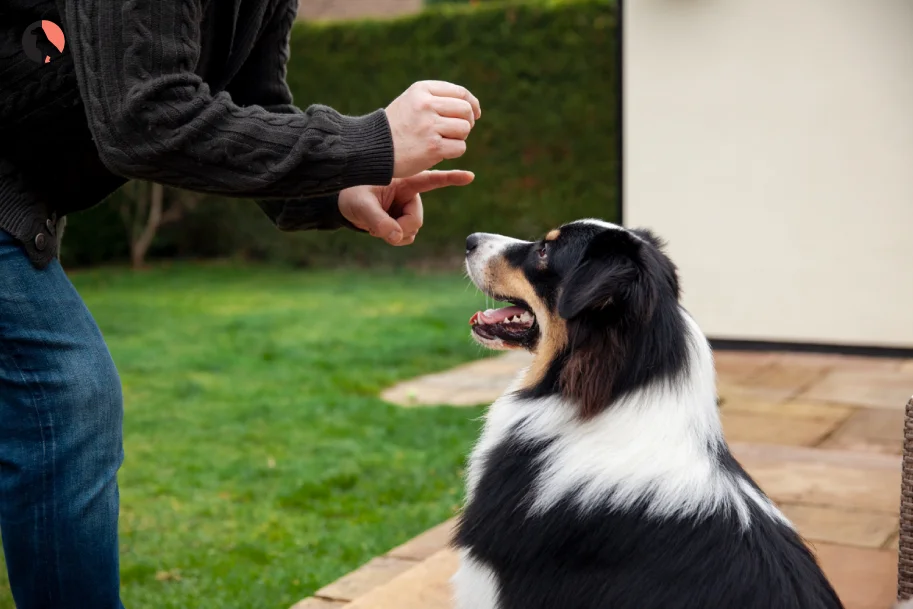
Explore: Best Dog Training Lead: Top Picks for Control and Obedience
Common Hand Signals for Dogs
These basic hand signals for dog training are easy to teach and work greatly with or without voice commands. Just be consistent and try again and again. Let’s move to the common hand signals for dogs.
Sit: Make your palm facing up. Move your hand facing up like you’re scooping the air.
Tip: Make this signal while saying ‘sit” at first then fade the word when your pup gets the idea.
Down: Palm down, move your hand slowly towards floor.
Tip: You can point to the ground if it’s easier to remember. It feels natural so your pup can understand quickly.
Leave: Finger wag or a quick open and close of your hand.
Tip: Use this only in the moment when you want to interrupt something or want to redirect their attention.
Heel: Tap your side and make a small motion behind your hip to signal your dog to walk close behind you.
Tip: Use this while walking to reinforce where you want them to stay.
Come: Arm outstretched then sweep your hands inward towards your chest.
Tip: You can repeatedly pat your leg, it is also a sign of “come”.
Quiet: Take your index finger to your lips or act like shhh.
Tip: Show your dog calm energy because they get your vibe quickly.
Stay: open hand held straight in front of you like a “sit” sign.
Tip: This one is super visual and easy to recognize. It is very helpful when the distance is small.
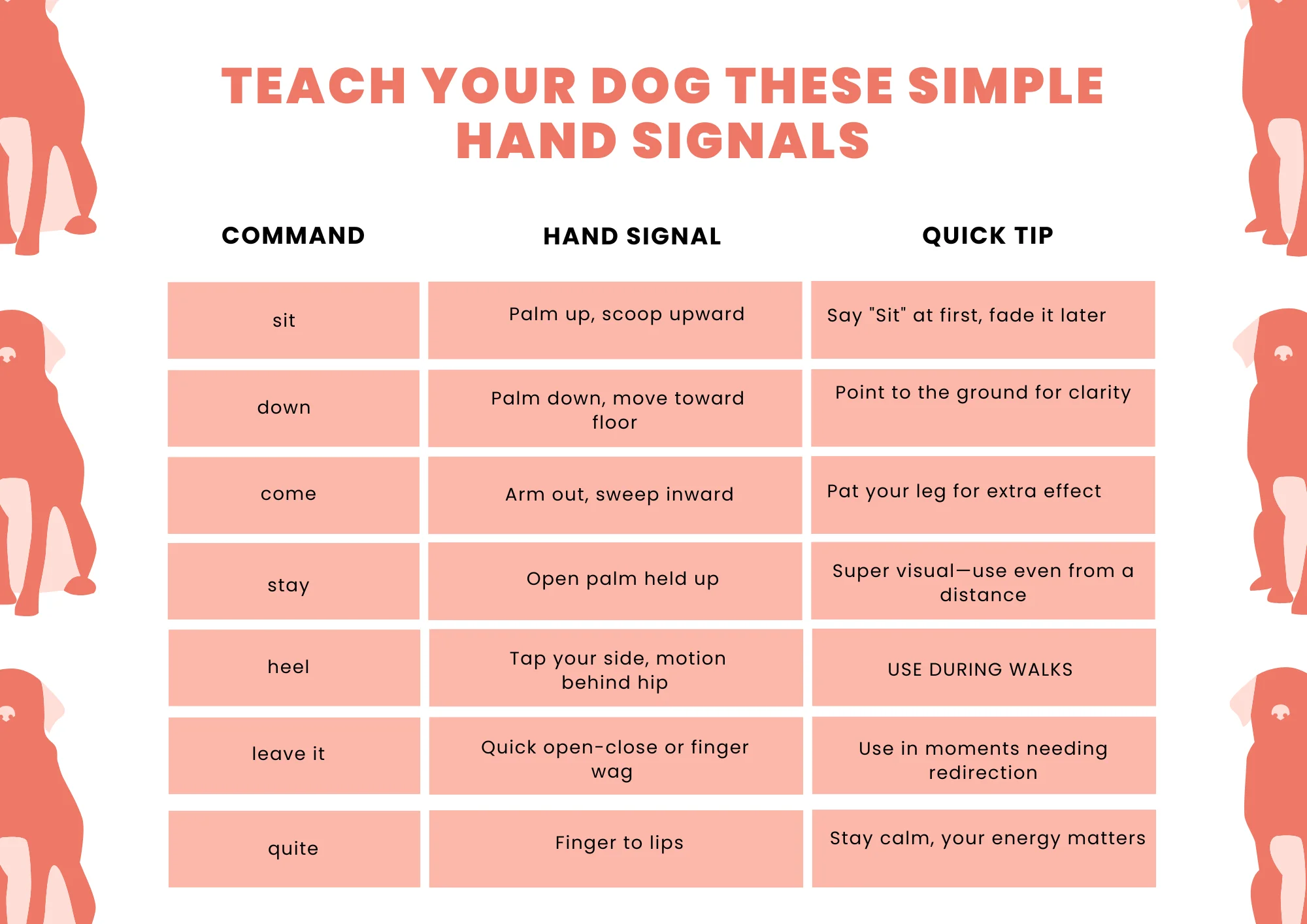
How to Teach Silent Commands to Dogs?
Teaching silent commands is kind of like training a ninja, a very fluffy, treat motivated ninja.The following are some of the tips and ways that will be helpful in hand signal dog training.
Start Hand Signal with Verbal Cue
In the start, think of yourself as bilingual, verbal and visual. Pair the hand signal with the word so your dog doesn’t feel like you’re just doing interpretive dance for no reason.
Differentiate Your Hand Signals
Ensure your hand signals are different from each other. Make each hand signal unique enough so that your dog will not confuse it. It gets weird when you signal “come” and your dog understands “quiet”, when you signal “stay” and the dog thinks “ give me cookie”.
Learn More: How to Train a Reactive Dog: Proven Tips to Calm and Focus Your Pet
Take Care of Time
Rewarding your pets is a very kind gesture. The moment you see your dog starts understanding your hand signals and implementing it. Do not waste a second and reward them.
If you wait too long, they might think that they get rewarded for blinking an eye or scratching the nose. Clarity comes first in silent dog training.
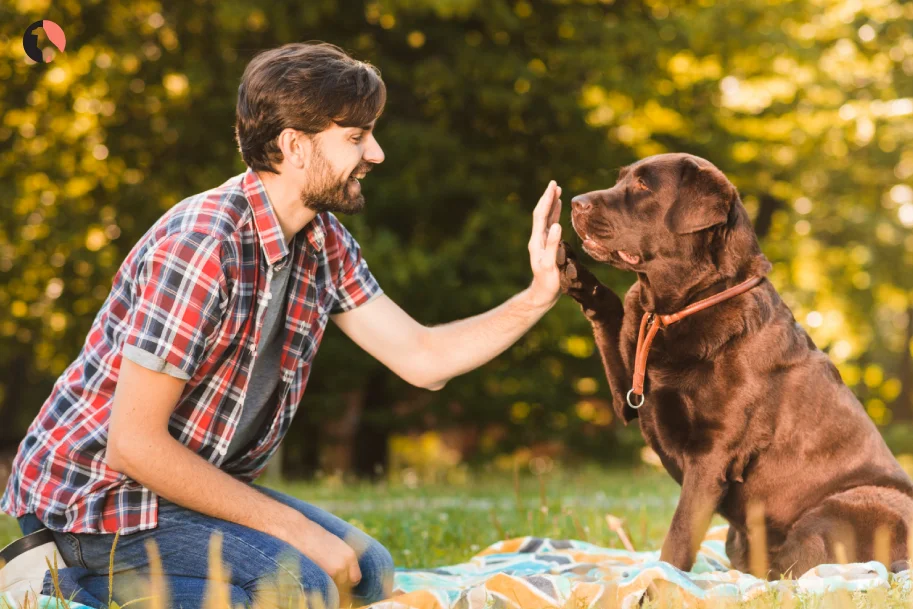
Ensure Consistency
Use the same hand signal every time. If you use a specific hand signal for “come” one time, make sure you’ll only use that one signal for “come” everytime.
It will ease understanding for your dog. Otherwise , your pup might think of it as a Tiktok dance challenge.
Short Training Sessions
Use short training sessions for non verbal dog commands. It should feel like a fun activity more than a 3-4 hour lecture.
5 to 10 minutes are more than enough for each session. Leave them wanting more like you want the next episode of your favorite series.
Visual Cues for Dogs
Dogs are visual creatures. They can understand your body language better than your best friend does.
Stand tall, move clearly and make your energy calm and positive. At Least fake it when you are around your pet because it can create a big impact on visual communication in dog training.
Be Patient
Your dogs try their best to understand you. Just be patient as they are not able to speak like humans. Remember even the best trained dogs get irritated, and act like what the hell are you doing?
Enjoy the mess they create while training, laugh at out and be kind to your dogs.
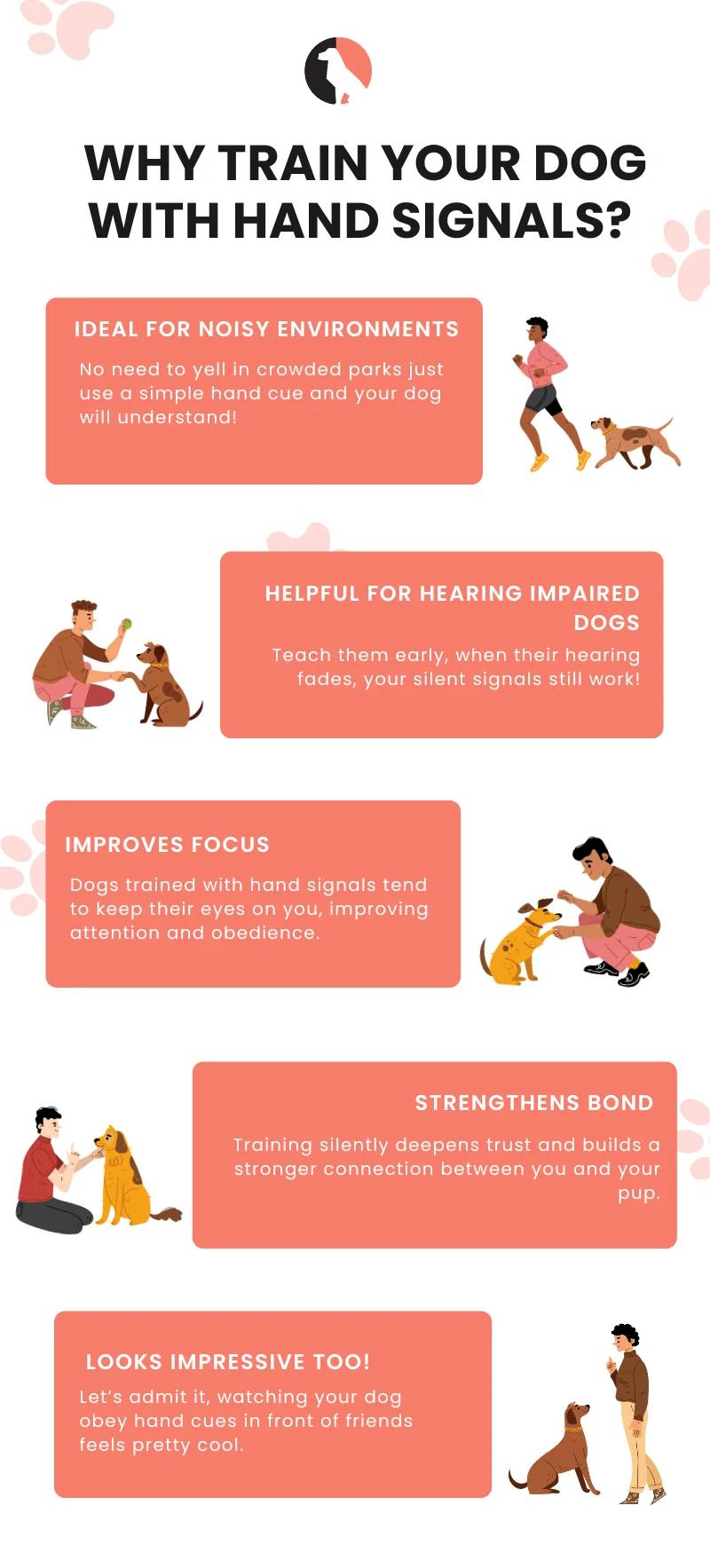
Conclusion
Hand signal dog training isn’t just about teaching your dog some cool tricks. It is about maintaining your communication game and going to the point where you can say we get each other’s vibe.
Whether you’re trying to teach non verbally “sit” or “come”, you’re giving your dog a completely new way to understand and respond to you.
So, start simple, stay consistent and most importantly have fun with the process. Keep in mind that it is a bonding experience not a boot camp. Give short training sessions, reward them, be consistent and stay patient.











